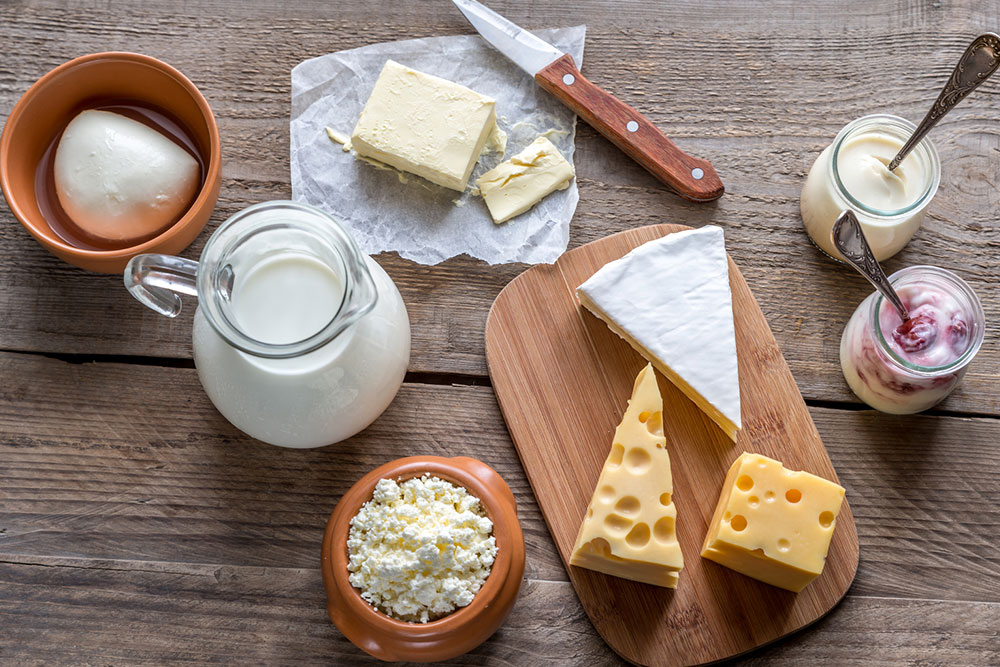
6 foods to eliminate to manage EoE and acid reflux
EoE, or Eosinophilic Esophagitis, is an allergic condition that develops in the esophagus. In this condition, the esophagus becomes inflamed and cannot contract properly. This inflammation can create issues with proper contracting of the food pipe and also develop rings or abscesses. A food allergy or acid reflux can trigger this condition. Here are some tips on foods to manage EoE, and these foods can also help manage acid reflux.
Elimination meal plan
Anyone diagnosed with EoE is usually advised to get on an elimination meal plan, which helps identify which foods may trigger the condition. In this approach, all the foods most likely to cause a reaction are eliminated from the meals entirely at first, and the same foods are gradually retained in the meal plan to observe if they cause any visible symptoms. This is an effective approach to help identify the foods and manage the symptoms of this. Many of these foods are also responsible for acid reflux in individuals, so this elimination can also help manage that symptom.
The process
The doctor will suggest eliminating high-allergen foods from meals for around six weeks. After the six-week break period, the health professional will take a sample of the tissue in the esophagus. This process is called a biopsy and is an important step in the elimination approach because it helps the doctor determine a baseline for comparison in the later stage.
Depending on the patient’s progress, the doctor will ask to add the food to the meals every 2 to 4 weeks. The doctor will take a biopsy through each stage to observe any changes in the tissue and any noticeable inflammation that a particular food group could have caused. Once the problematic foods have been recognized, they can be eliminated from the lifestyle completely to avoid any triggers for EoE and acid reflux.
Here are the food groups which are part of the process.
Dairy products
One of the main causes of EoE is cow milk. When milk is consumed, the protein triggers an immune response in the body that makes too many eosinophils, a specific type of white blood cell. Different sensitivity levels towards milk in those with EoE make predicting a reaction for every person difficult; it could range from mild to severe.
Wheat
The proteins found in wheat also trigger an immune system reaction that leads to the production of antibodies. Many food items contain wheat, including bread, pasta, cereal, baked goods, and more. Many packaged products in the food aisle may have wheat as an ingredient, so always check the label before buying anything.
Fish or Shellfish
Some people can be allergic to fish, while others can be allergic to shellfish. Both proteins are different, so the antibodies can be triggered by either or both in some cases. While it is easy to eliminate fish or shellfish, some recipes have fish as an ingredient, and it is important to be aware of these foods. This includes Caesar dressing, Worcestershire sauce, and many other sauces, especially Asian-inspired ones, which may have fish as an ingredient.
Eggs
It’s important to note that the proteins in eggs can be modified by heat, which can reduce or eliminate their allergenic properties. This means that individuals allergic to scrambled eggs, omelets, boiled eggs, and similar dishes may not necessarily be allergic to baked goods in which eggs are used, as the cooking process may have changed the protein structures that cause the allergic reaction. It’s worth noting that individuals with an egg allergy should always consult a medical professional before attempting to consume any egg-containing products, as reactions can vary from person to person and sometimes be severe.
Soy
This is another food that can result in an allergic reaction because of proteins found in soybeans. Some of the foods in this group include edamame, tofu, tempeh, soy sauce, soy milk, miso, and soy butter. This is a popular substitute for meat options and an ingredient among those who follow a plant-based meal. Also, those who are allergic to soy could be allergic to other legumes.
Nuts
Tree nuts and peanuts are among the most common allergenic foods and are often associated with allergic reactions and conditions such as Eosinophilic Esophagitis (EoE). In addition, several other nuts can trigger allergic reactions, including Brazilian nuts, almonds, cashews, hazelnuts, walnuts, pistachios, and pecans. However, for those undergoing an elimination treatment plan for EoE, it is good news that nuts and fish are among the few ingredients least likely to cause EoE. To ensure the success of this approach, however, it is necessary to eliminate nuts and fish from the meal plan.
Staying true to this treatment plan is important to understand how the body responds to each food. Also, the doctor must monitor this approach with the help of a nutritionist who can provide more insight. Apart from that, a nutritionist can also provide healthy alternatives for the foods that cannot be eaten during this time. This is to ensure that there are no nutritional deficiencies in the individual throughout this process, and it can help manage EoE and acid reflux in the best possible way.


